1. Psycho (1960)
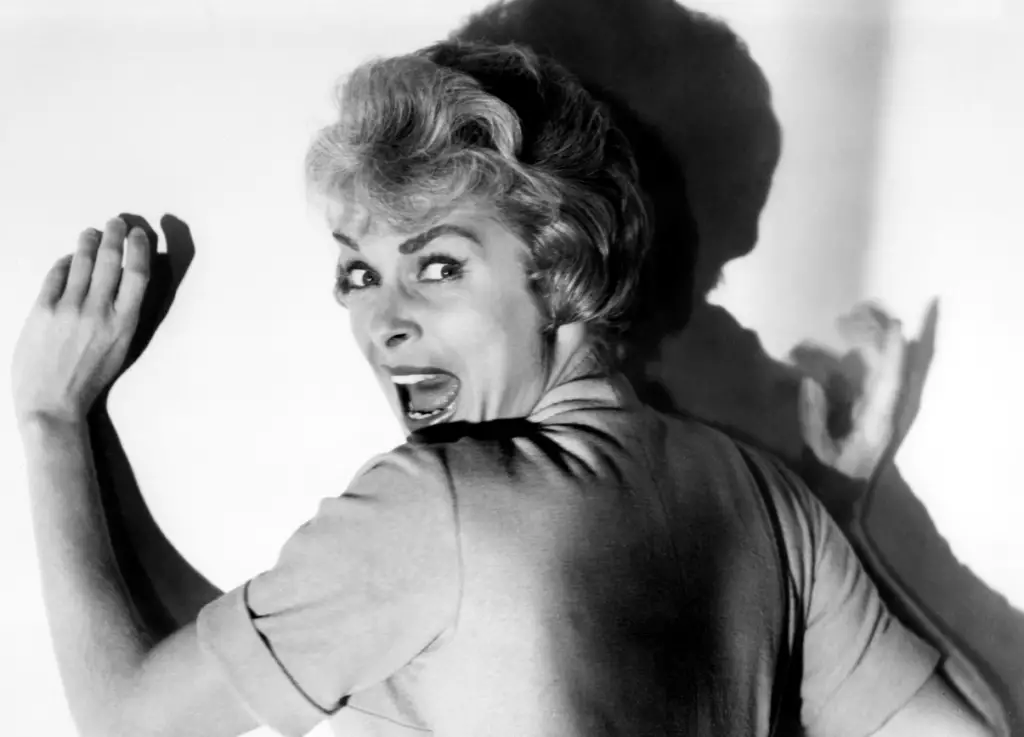
Alfred Hitchcock’s Psycho still stands as one of the most influential films in the thriller genre. Its shocking plot twists and nerve-wracking suspense were revolutionary for its time, especially with its unexpected violence and a deeply flawed hero. The infamous shower scene, where Janet Leigh’s character meets her untimely demise, remains one of the most talked-about moments in cinematic history. Hitchcock’s ability to blur the line between good and evil in a way that feels so intimate was groundbreaking.
At the time of its release, Psycho shocked audiences with its unconventional approach to horror and psychology. It challenged traditional notions of morality, forcing viewers to question who the real villain was. By the end, the film leaves us with a sense of unease that lingers far beyond the credits, cementing its place in history as a bold, boundary-pushing masterpiece.
2. Dr. Strangelove (1964)
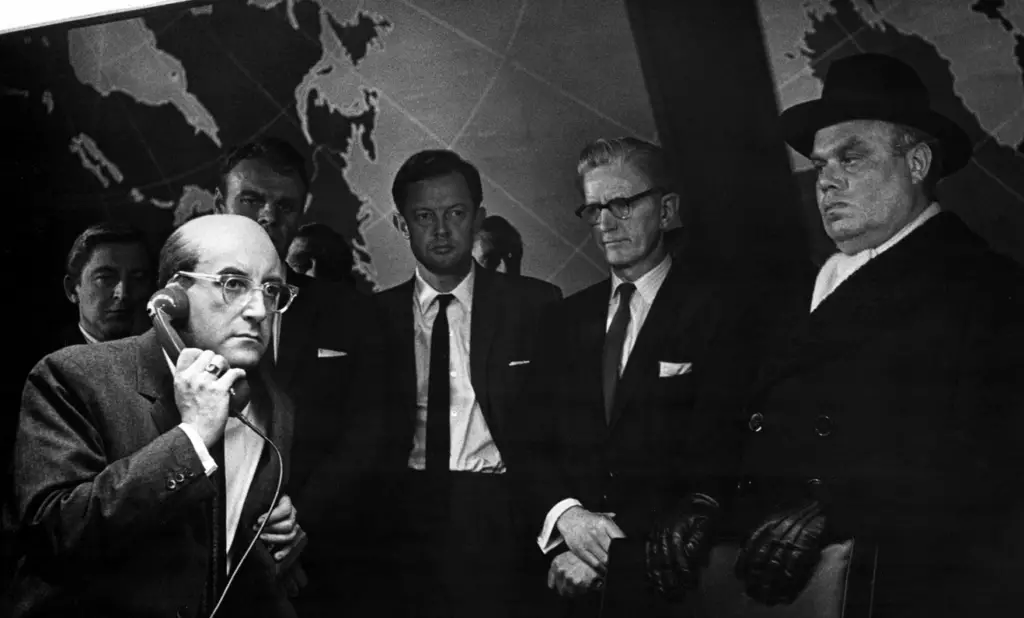
Stanley Kubrick’s Dr. Strangelove is a dark, satirical take on the Cold War and the nuclear arms race. The film’s ability to blend absurd humor with chilling subject matter was truly ahead of its time. Peter Sellers, in multiple roles, gave a performance that oscillated between comedy and chaos, making light of a serious issue in a way that no one had dared before. His portrayal of the unhinged Dr. Strangelove, a former Nazi scientist with a penchant for bizarre behavior, was a standout moment in cinema.
While Dr. Strangelove had a comedic core, it pushed boundaries by addressing the very real fears of nuclear war and the incompetence of world leaders. Kubrick masterfully used satire to expose the madness behind political decisions, while showing that the line between absurdity and reality can often be razor-thin. It’s a movie that shocks us today not just because of its humor, but because the issues it raised still resonate.
3. The Graduate (1967)
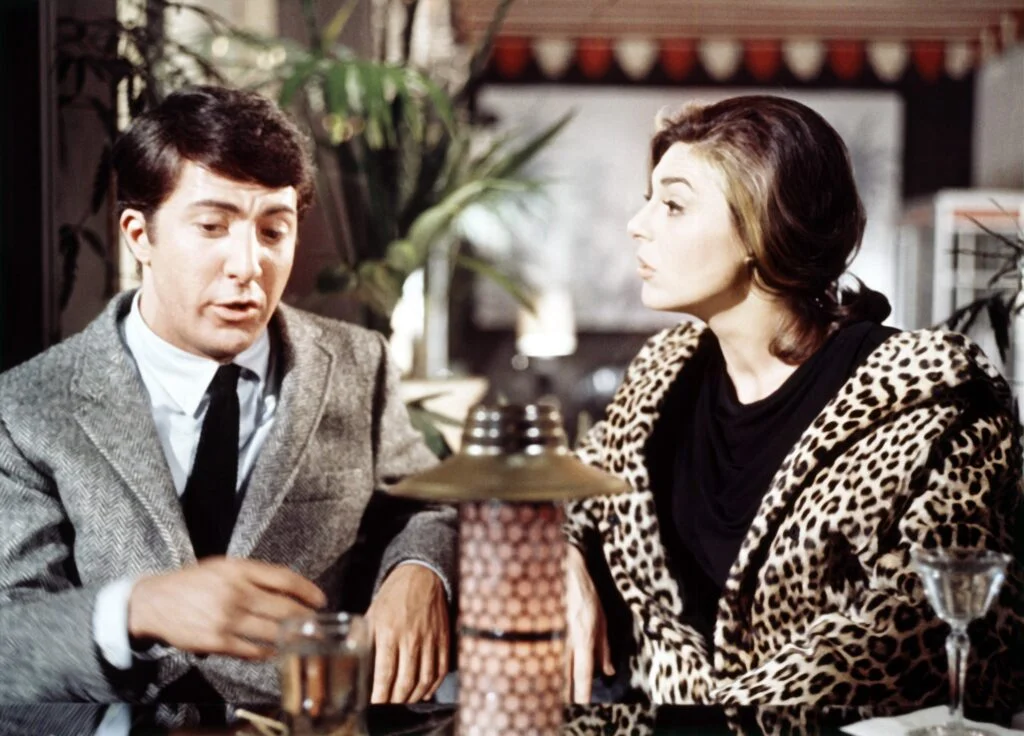
Mike Nichols’ The Graduate broke every rule about Hollywood’s portrayal of relationships. The film tells the story of Benjamin Braddock, a young man seduced by an older woman, Mrs. Robinson, and later falling in love with her daughter. The boldness of the film’s sexual themes was controversial at the time, especially considering the conservative norms of the ‘60s. Dustin Hoffman’s portrayal of Benjamin, an aimless, confused college graduate, mirrored the disillusionment felt by many during the era.
Not only was the movie shocking because of its taboo subjects, but it also played with traditional ideas of romantic relationships and personal identity. The infamous scene where Benjamin crashes the wedding at the end encapsulates the film’s message of rejecting societal expectations. Today, it remains a film that challenges the idea of conformity and embraces personal rebellion.
4. Easy Rider (1969)
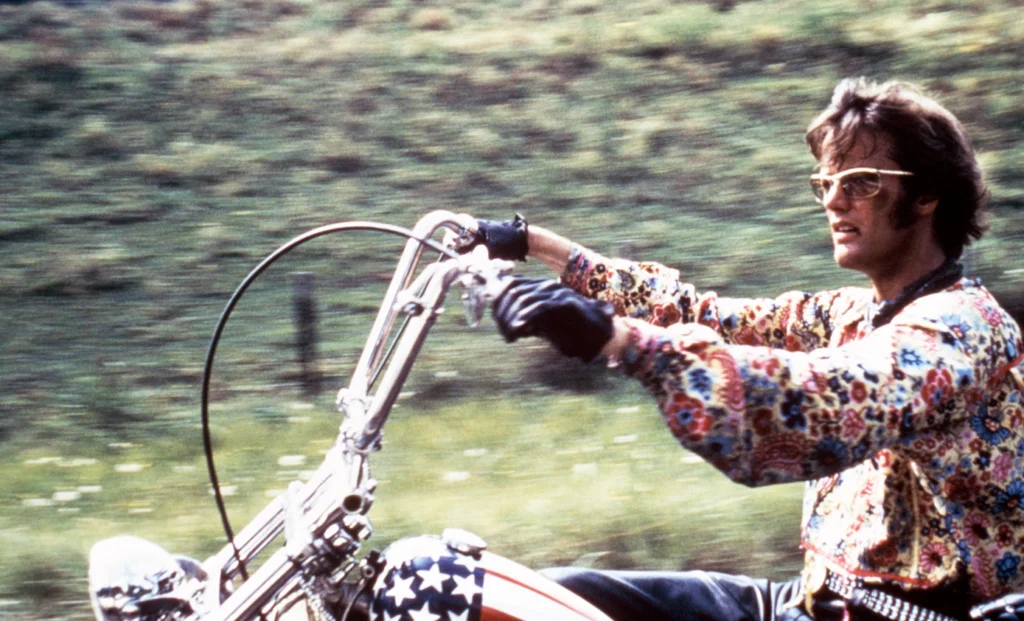
Easy Rider captured the spirit of the counterculture movement in the ‘60s, pushing the boundaries of what was considered acceptable in mainstream cinema. The film follows two bikers, played by Peter Fonda and Dennis Hopper, as they journey through America, experiencing freedom, drug use, and the harsh realities of American society. The rawness and authenticity of the film, coupled with its portrayal of drugs, sex, and the disillusionment with the American dream, made it a shock to audiences expecting traditional Hollywood fare.
Easy Rider wasn’t just controversial for its subject matter—it was also revolutionary in its style. With its unconventional storytelling, rock soundtrack, and rebellious energy, it set the stage for a new wave of independent cinema. Its open critique of American values and its exploration of personal freedom shocked viewers in the best possible way, capturing the essence of a generation in turmoil.
5. The Night of the Living Dead (1968)
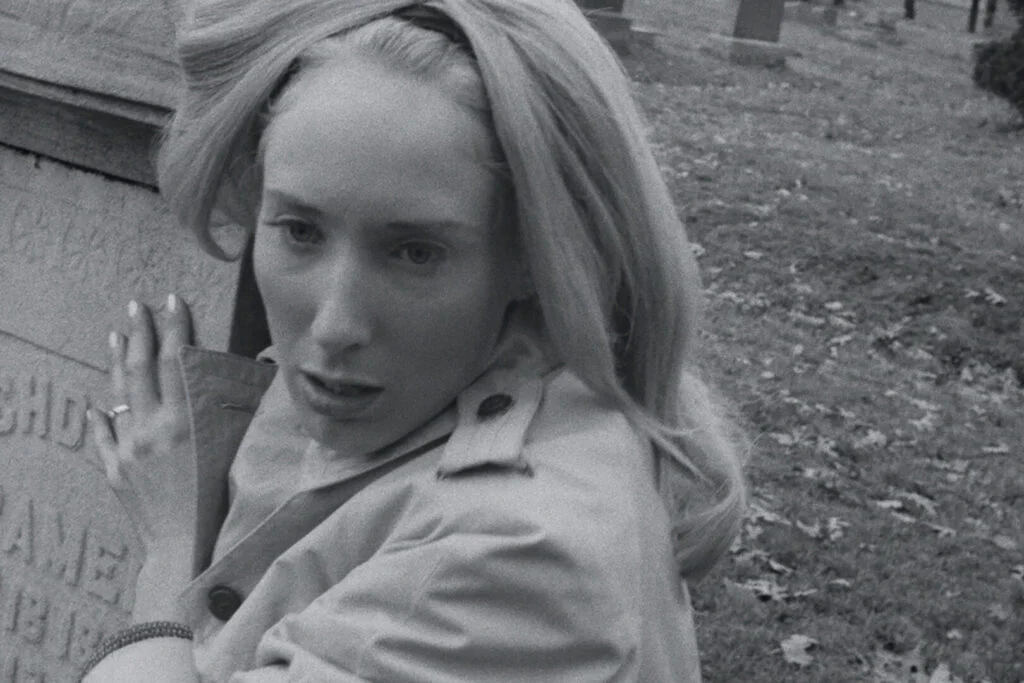
George A. Romero’s The Night of the Living Dead is the film that forever changed the zombie genre. While horror movies had dabbled in the supernatural, Romero took things to a whole new level with his portrayal of mindless, flesh-eating zombies. The film’s unapologetically graphic violence was shocking, as was its stark social commentary about racism, fear, and survival. Set during the height of the civil rights movement, the film’s underlying themes resonated with real-world struggles, making it not just a horror film, but a critique of American society.
The film’s shocking use of racial themes, especially in its ending, made it a groundbreaking piece of cinema. The graphic nature of the violence also pushed the boundaries of what was considered acceptable for mainstream audiences. Today, Night of the Living Dead remains a trailblazer, influencing countless zombie films and establishing a new genre of horror.
6. Bonnie and Clyde (1967)
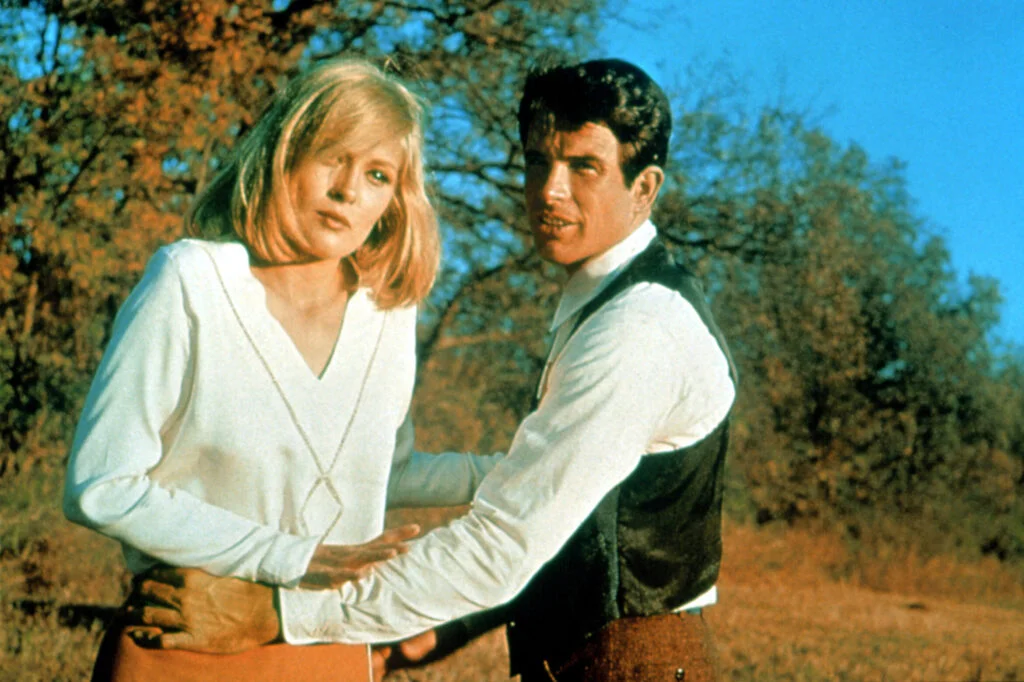
Arthur Penn’s Bonnie and Clyde redefined the gangster film by portraying the notorious duo not as criminals but as antiheroes. The film’s violence was groundbreaking for its time, as it showed bloody shootouts and moments of stark brutality that had never been seen before in mainstream cinema. Warren Beatty and Faye Dunaway brought the real-life criminal couple to life with performances that turned them into sympathetic figures, despite their criminal actions.
At its core, Bonnie and Clyde was a critique of the American obsession with fame and rebellion. The shocking violence, particularly in the film’s final moments, left audiences stunned, and its portrayal of crime as an act of defiance against the establishment resonated with the growing counterculture. The film’s legacy continues to influence how films explore the complexities of heroism and villainy.
7. A Clockwork Orange (1971)
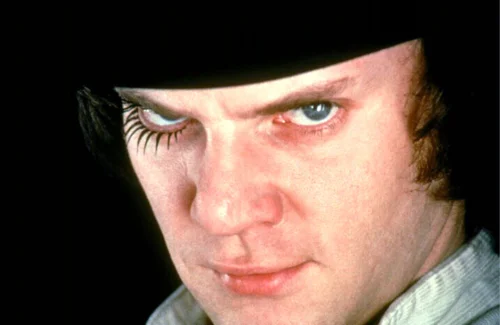
Stanley Kubrick’s A Clockwork Orange is one of the most controversial films of all time, infamous for its graphic depictions of violence, sexual assault, and social decay. Based on the novel by Anthony Burgess, the film follows Alex, a delinquent youth, as he engages in horrific acts of violence before undergoing controversial aversion therapy. Kubrick’s use of classical music during disturbing scenes only added to the unsettling atmosphere, making the violence feel almost surreal.
The film was shocking not just because of its explicit content, but because it raised complex questions about free will, state control, and human nature. Its exploration of the limits of government intervention in personal behavior was especially controversial during a time when the world was grappling with political unrest. A Clockwork Orange continues to push boundaries today, sparking debates about its portrayal of violence and its philosophical undertones.
8. The Wild Angels (1966)
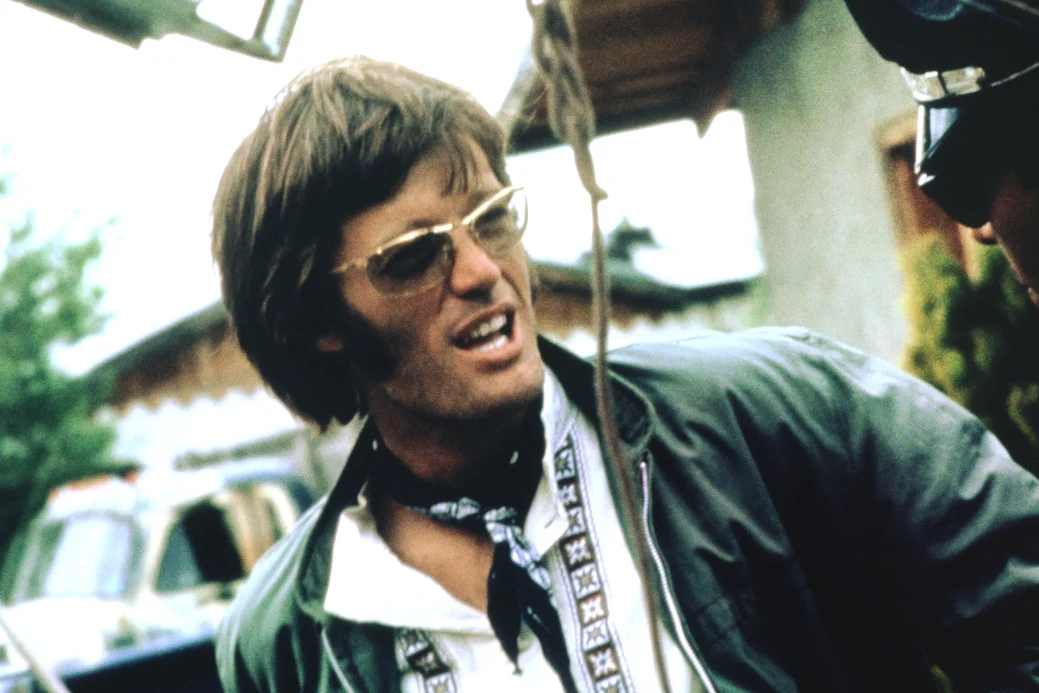
Roger Corman’s The Wild Angels was a raw, unfiltered look at the lives of motorcycle gang members, giving audiences a glimpse into the gritty underworld of the ‘60s counterculture. Starring Peter Fonda and Nancy Sinatra, the film broke new ground by portraying the violent, hedonistic lifestyle of its characters, rejecting the sanitized versions of youth culture that had been presented in Hollywood up to that point. The film’s portrayal of drug use, violence, and rebellion was shocking to audiences accustomed to more traditional depictions of young people.
The Wild Angels was a radical departure from the wholesome images of youth in previous films, and it highlighted the disillusionment many young people felt in the face of societal expectations. The film’s themes of rebellion and the quest for personal freedom shocked mainstream audiences, and it remains an important piece of the countercultural cinema movement.


